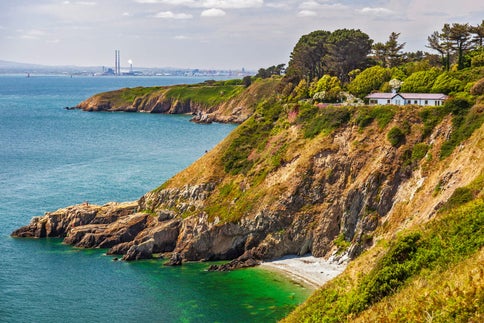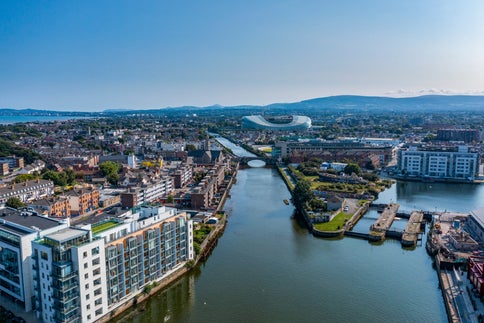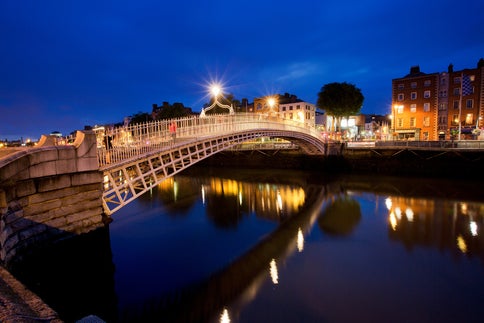Guides
- Home
- Traveller guides
- A guide to Gaelic Games in Dublin
A guide to Gaelic Games in Dublin

If you want to get to the heart of Ireland’s collective consciousness, an understanding of Gaelic Games is an absolute must.
The best place to start is with a visit to Croke Park, Europe’s third-largest stadium and the headquarters of the Gaelic Athletic Association (GAA), which governs Gaelic Games throughout the country but is so much more than just a sporting body.
From uncovering the country’s sporting history and learning the rules of the games to watching the action unfold in real time, Dublin’s Gaelic Games activities have something for everyone.
The GAA Museum & Skyline Tour
Since its foundation in 1884, the GAA has shaped so much of Irish culture, heritage and identity through the establishment and maintenance of Gaelic clubs in almost every community in Ireland, including 91 in Dublin alone. At the heart of the games – Gaelic football, hurling, Ladies' football and camogie – is a fiercely protected amateur status, which means that everyone who plays does it for the love of the game and the opportunity to represent their club and their county.
The GAA Museum, in the Cusack Stand of Croke Park, offers a comprehensive history of the games and the grounds, highlighting the organisation’s influence on Irish culture, its intersection with history and Ireland's rich sporting heritage. Amid the historical exhibitions you’ll find the original Sam Maguire and Liam MacCarthy cups, given to the winners of the All-Ireland football and hurling championships, respectively, as well as a sporting Hall of Fame and an interactive games zone.
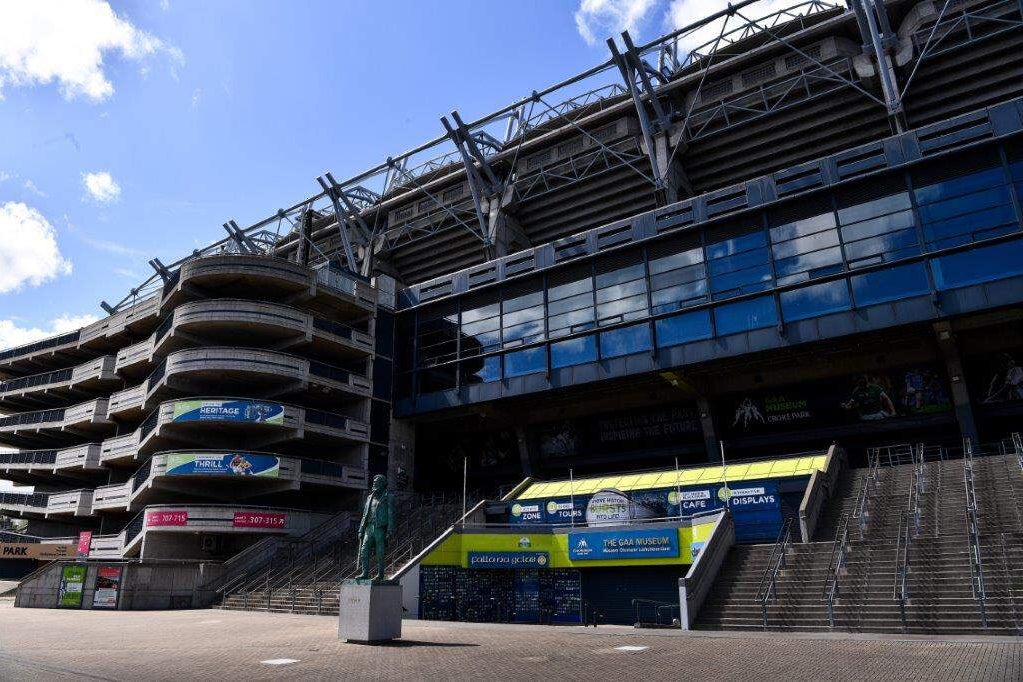
For a vertiginous view of the stadium and the surrounding city there’s the 17-storey Kellogg's Skyline Croke Park Tour. A rooftop walkway and open-viewing platform reveal the whole of Dublin from mountains to the sea while expert guides are on hand to narrate the experience.
Finally, the Stadium Tour delves into Croke Park's role in Irish sports over the last 100 years. The access-all-areas experience provides a first-hand understanding of what players and fans have come to love about sporting events and the arena itself.
Booking for all of the tours can be made directly at the Croke Park website.
Where to watch Gaelic Games
With a capacity of 82,000 Croke Park is Europe’s third-largest stadium and a fitting place to watch Gaelic Games at the very highest level. Although Dublin’s official home is Parnell Park in the north city suburb of Donnycarney, the senior team draws huge crowds so it plays all of its home championship matches at Croke Park. You’ve a much better chance of securing a ticket for Dublin’s league games, most of which are played at Parnell Park.
Tickets for games can be purchased from the GAA ticket office with tickets for smaller matches available from the Dublin GAA website.
Tickets for the latter stages of the championship can be very hard to come by. They are also divided between those for general sale and those distributed directly through local GAA clubs. To get your hands on one of those you have to be a member of a club (or have a generous friend who is).
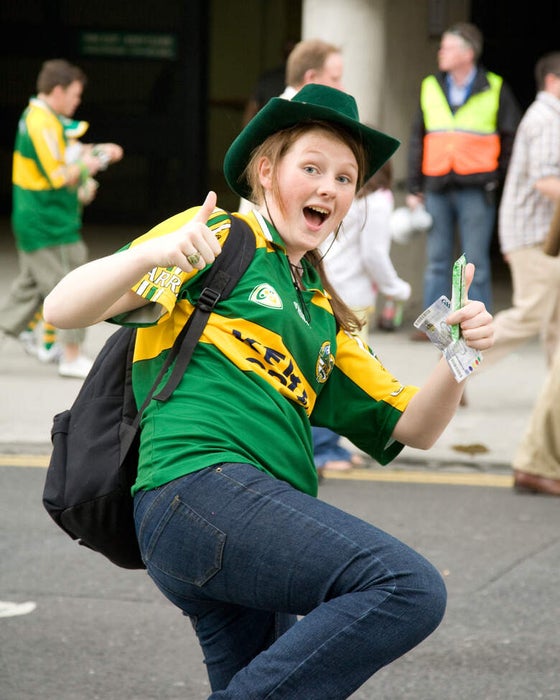
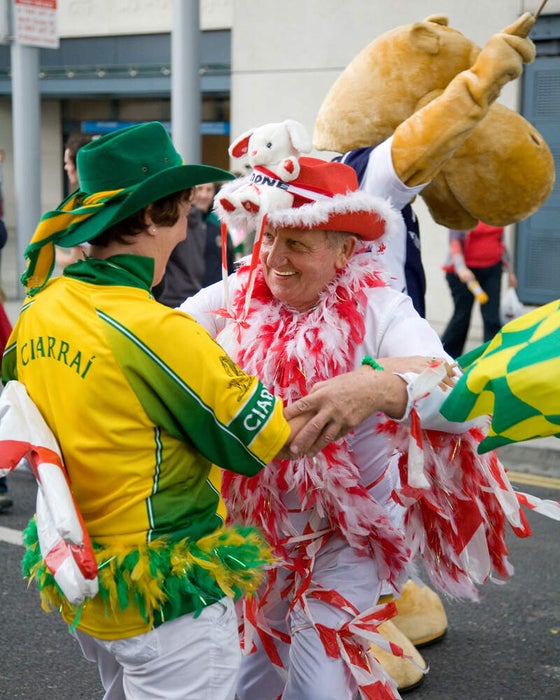
Experience Gaelic Games for yourself
Put your skills to the test with Experience Gaelic Games. For three hours, you and your friends will learn how to pass, kick, solo and score like the pros. Equipped with all-weather pitches and showers, this experience is an authentic taste of how the local and county teams train throughout the year.
Gaelic Games: the basics
Gaelic Football
Fast, furious and definitely not for the faint-hearted, Gaelic Football is played by two teams of 15 players who are trying to kick or hand-pass a leather ball between two posts joined by a horizontal bar. Scores under the bar are worth three points, scores over the bar are worth one. The game has some similarities to soccer, but it’s the differences that make it special: not only are players allowed carry the ball in their hands, but every three steps or so they have to either bounce the ball or ‘solo’ it, which involved dropping and toe-kicking the ball back into your hands as you run. Gaelic football is a more physical game too, with shoulder-barging and ball-stripping all part of the armoury along with the straightforward tackle.
The Dublin senior football team has won the All-Ireland Championship 30 times in its history, including a record-breaking six-in-a-row between 2015 and 2020.
Senior inter-county games are played for 70 minutes, while club and minor (under-21) matches are played for 60 minutes.
Ladies' Football
One of the fastest-growing female sports in Europe, Ladies' Football is the women's version of Gaelic Football. However, body contact in the game is limited and shoulder charging is not allowed when contesting for the ball. Additionally, players can pick up the ball directly from the ground and games last 60 minutes. The Dublin Ladies’ Football team are known as the ‘Jackies’ or the ‘Blues Sisters.’
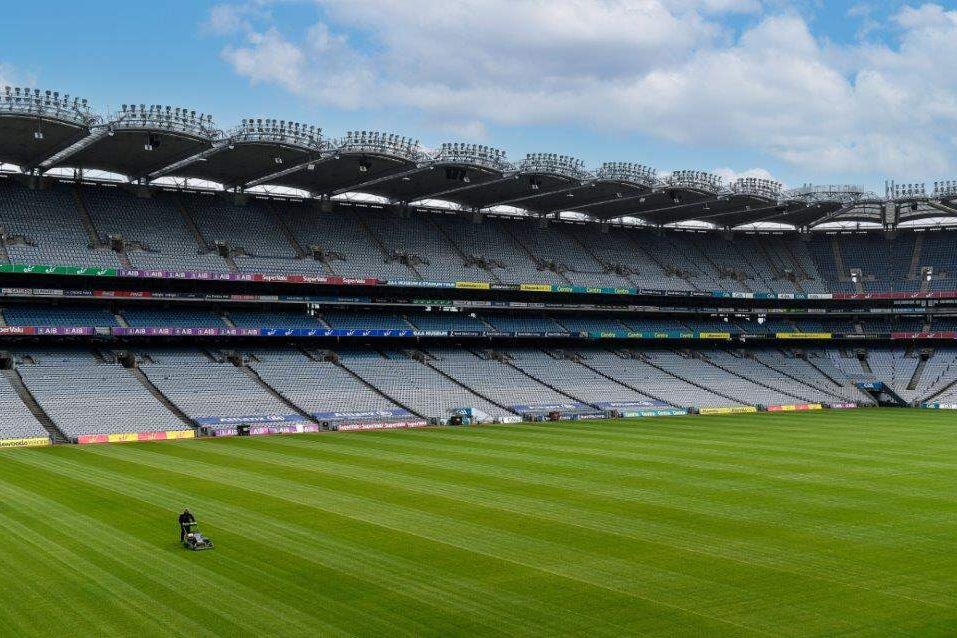
Hurling
To the purists, hurling is the most noble of all Gaelic sports. It’s also the fastest and the most difficult. Instead of using their hands and their feet, hurlers use a specially crafted wooden stick called a hurley to pass and hit a small ball called a sliotar. Hurling requires enormous skill and no small amount of courage, as the sliotar travels at incredibly high speeds and tackles leave no quarter: as one player rises to catch the ball with his open hand, opposing players can use their hurleys to stop or block the catch, which can result in pretty sore knuckles. Scores are the same as in Gaelic football and the sliotar can be carried, but it must be bounced on the hurley every four steps or so.
Dublin’s hurlers have won the Leinster Championship 24 times, most recently in 2013.
Camogie
Camogie is the women's equivalent of Hurling, with some rule differences: games are 10 minutes shorter, the sliotar is slightly smaller, shouldering is forbidden and players are allowed to hand pass a score. Also, unlike hurling, there’s also no distinction between a goalkeeper and an outfield player so all 15 players wear the same colour jersey.
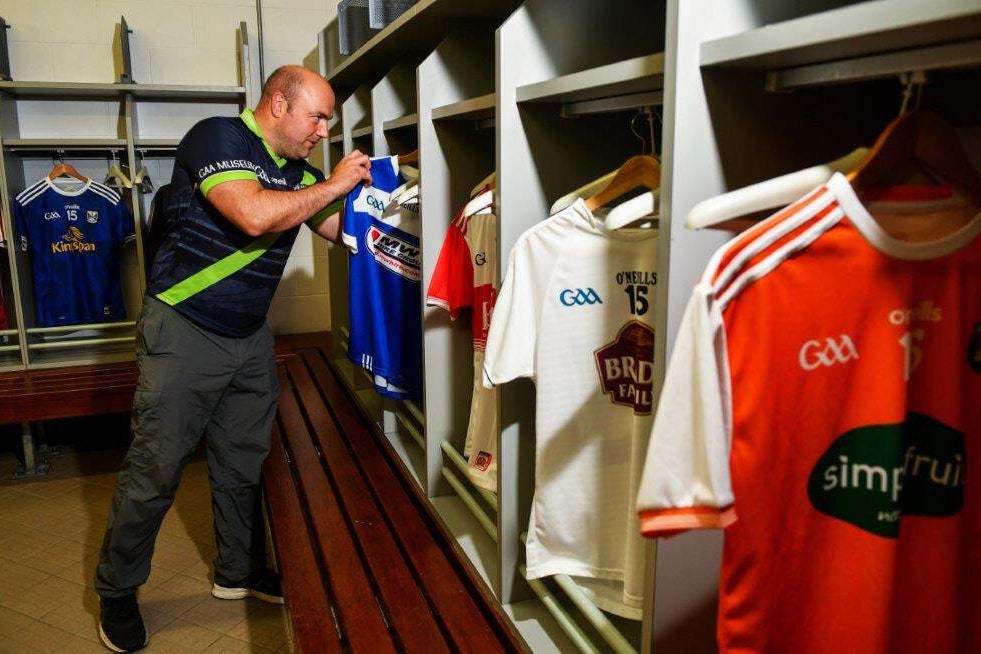
Find out more about Gaelic Games
For everything you need to know about GAA in Ireland, head to GAA.com.
- Dublin’s 10 best beaches
- 10 films set in Dublin
Guides
